The University of Chicago Press, Chicago 60637
The University of Chicago Press, Ltd., London
2019 by The University of Chicago
All rights reserved. No part of this book may be used or reproduced in any manner whatsoever without written permission, except in the case of brief quotations in critical articles and reviews. For more information, contact the University of Chicago Press, 1427 E. 60th St., Chicago, IL 60637.
Published 2019
Printed in the United States of America
28 27 26 25 24 23 22 21 20 19 1 2 3 4 5
ISBN-13: 978-0-226-66001-1 (cloth)
ISBN-13: 978-0-226-66015-8 (paper)
ISBN-13: 978-0-226-66029-5 (e-book)
DOI: https://doi.org/10.7208/chicago/9780226660295.001.0001
Library of Congress Cataloging-in-Publication Data
Names: Logemann, Jan L., author.
Title: Engineered to sell : European emigrs and the making of consumer capitalism / Jan L. Logemann.
Description: Chicago ; London : The University of Chicago Press, 2019. | Includes bibliographical references and index.
Identifiers: LCCN 2019012198 | ISBN 9780226660011 (cloth : alk. paper) | ISBN 9780226660158 (pbk. : alk. paper) | ISBN 9780226660295 (e-book)
Subjects: LCSH: MarketingUnited StatesHistory. | ConsumersUnited States. | ImmigrantsUnited States.
Classification: LCC HF5415.1.L64 2019 | DDC 381.089/09073dc23
LC record available at https://lccn.loc.gov/2019012198

This paper meets the requirements of ANSI/NISO Z39.48-1992 (Permanence of Paper).
Consumer Engineers and the Transnational Origins of Consumer Capitalism
During the second half of the twentieth century, few things appeared more quintessentially American than the suburban shopping mall. By the 1950s, enclosed shopping centers symbolized an affluent postwar society in which suburban homeownership went hand in hand with access to a dynamically expanding world of consumer goods. One of the premier architects behind these midcentury temples of consumption was Victor Gruen, whose design of several early centers such as Detroits Northland Center and the Southdale Center earned him the nickname Father of the Mall among historians of retail architecture.
While such attention to the aesthetics and psychology of consumption was not an entirely new feature of consumer capitalism, it became much more comprehensive, systematic, and dynamic at midcentury. Furthermore, consumer capitalism increasingly relied on a host of new experts such as architects, designers, and consumer psychologists to engineer and sell a new comprehensive system of mass consumption.
Victor Gruen, however, was an unlikely engineer of American consumer capitalism. He was not a native to the American cities he helped transform, nor had he been socialized in the countrys consumer culture. Gruen was an immigrant from Austria, a Jewish refugee from the rise of National Socialism in Central Europe. Born Victor Grnbaum in Vienna in 1903, he was trained as an architect and briefly worked for famed industrial designer Peter Behrens before launching a career in modernist retail design for high-end Viennese stores. In interwar Vienna, Gruen had been enmeshed in a vibrant metropolitan culture of avant-garde art, he had sympathized with the Austrian Socialist movement, and for a while he was active in political theater and cabaret. After immigrating to the United States in 1938, Gruen built upon this European background even as he launched a new career within the context of American consumer capitalism. He worked for a New York industrial design studio, for example, helping prepare General Motors Futurama display at the 1939 New York Worlds Fair. He also designed shop interiors for upscale retailers on Fifth Avenue before relocating to California where he started a small, independent architectural firm in 1941. As he began to draft plans His Old World vision became adapted to but also helped to shape a new type of engineered mass consumption in the United States.
The making of consumer capitalism, Gruens story suggests, was informed by transnational transfers and transatlantic exchanges in ways that have been largely overlooked by historians. Instead, familiar narratives assert the expansive global reach of Americas irresistible empire of consumer goods in the middle of the twentieth century and focus on the notion of Americanization abroad to which innovations in retailing and marketing were central. Here, I argue that transatlantic exchanges in consumer marketing remained multidirectional even as U.S.-style mass consumption appeared to be the dominant global model. Indeed, European emigr experts significantly shaped the transformation of consumer capitalism at midcentury on both sides of the Atlantic.
Victor Gruen was just one of many outside experts in the expanding field of American marketing. Much like Gruen, a surprising number of these new consumer experts were European immigrants and emigr refugees. They excelled in areas such as market research and advertising psychology as well as in industrial and graphic design. The group included leading consumer researchers such as Hungarian-born George Katona and the Viennese sociologist Paul Lazarsfeld. The work of emigr psychologists including Ernest Dichter informed the study of consumer motivations in advertising and selling. Commercial artists such as Herbert Bayer from Berlin and, most prominently, French American Raymond Loewy pioneered new trends in graphic and industrial design during the 1930s and 1940s. Sought after by U.S. institutions and corporations, their methodological innovations and designs helped to promote the seeming ubiquity of the American way of life in the postwar decades. Their transatlantic careers and those of many other immigrants and emigrs in consumer marketing coming to the United States between 1919 and 1939 from Germany, Austria, France, Italy, or Scandinavia will provide the focus of this books actor-centered approach to consumer history.
These consumer experts belonged to a larger cohort of well over a hundred immigrant experts in consumer design and marketing with influential careers peaking around the middle of the twentieth century. While they were a heterogeneous group, their transnational lives still shared many similarities with the experiences of Victor Gruen. They were born and socialized in Europe and received their first professional training in the metropolitan centers of the continent. Often critical of interwar capitalism, many were affiliated with or at least inspired by interwar European social reform movements. Examples include artists from Germanys famed Bauhaus school who, in exile, would consult for American consumer goods companies. Social scientists affiliated with the left-leaning Frankfurt Institute for Social Research similarly became part of radio research studies financed by commercial broadcasters in the United States. While most of the immigrants had already been engaged in commercial art and research work in Europe, moving to the United States brought them more fully into contact with the corporate world as they began to work for advertising agencies or as independent consultants. Like Gruen, more than a few of them also found themselves involved with the 1939 Worlds Fair, which would become an important prism for visions of midcentury consumer modernity in the United States. In different capacities, these experts helped to engineer the midcentury consumers republic by developing new marketing tools that fundamentally informed the dynamic expansion of American consumer capitalism. As corporate and government advisors, furthermore, they acted as transatlantic mediators after the war, facilitating postwar transfers of marketing knowledge and commercial practices back to Europe.

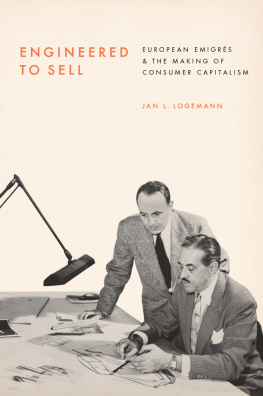
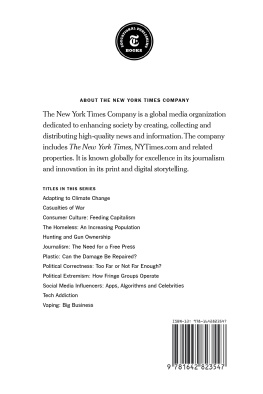
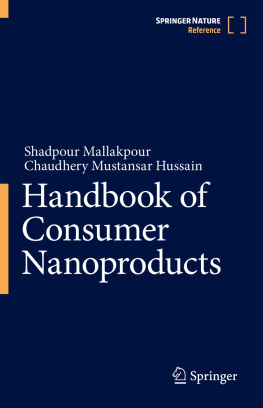



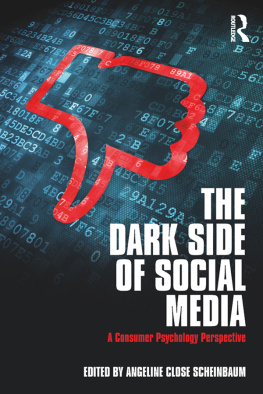
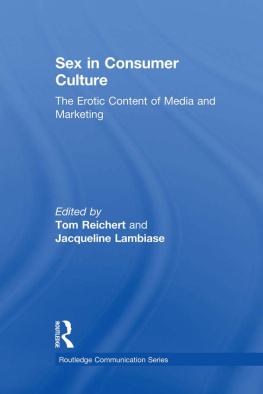
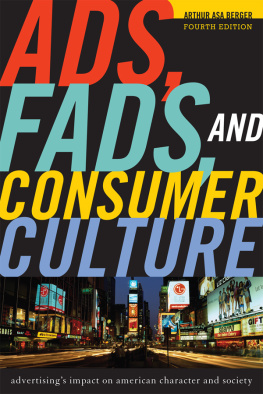

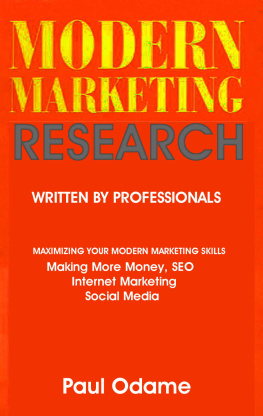

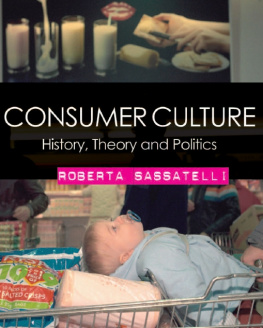
 This paper meets the requirements of ANSI/NISO Z39.48-1992 (Permanence of Paper).
This paper meets the requirements of ANSI/NISO Z39.48-1992 (Permanence of Paper).